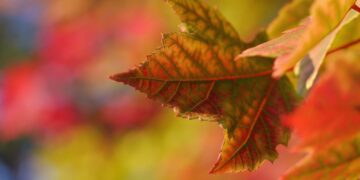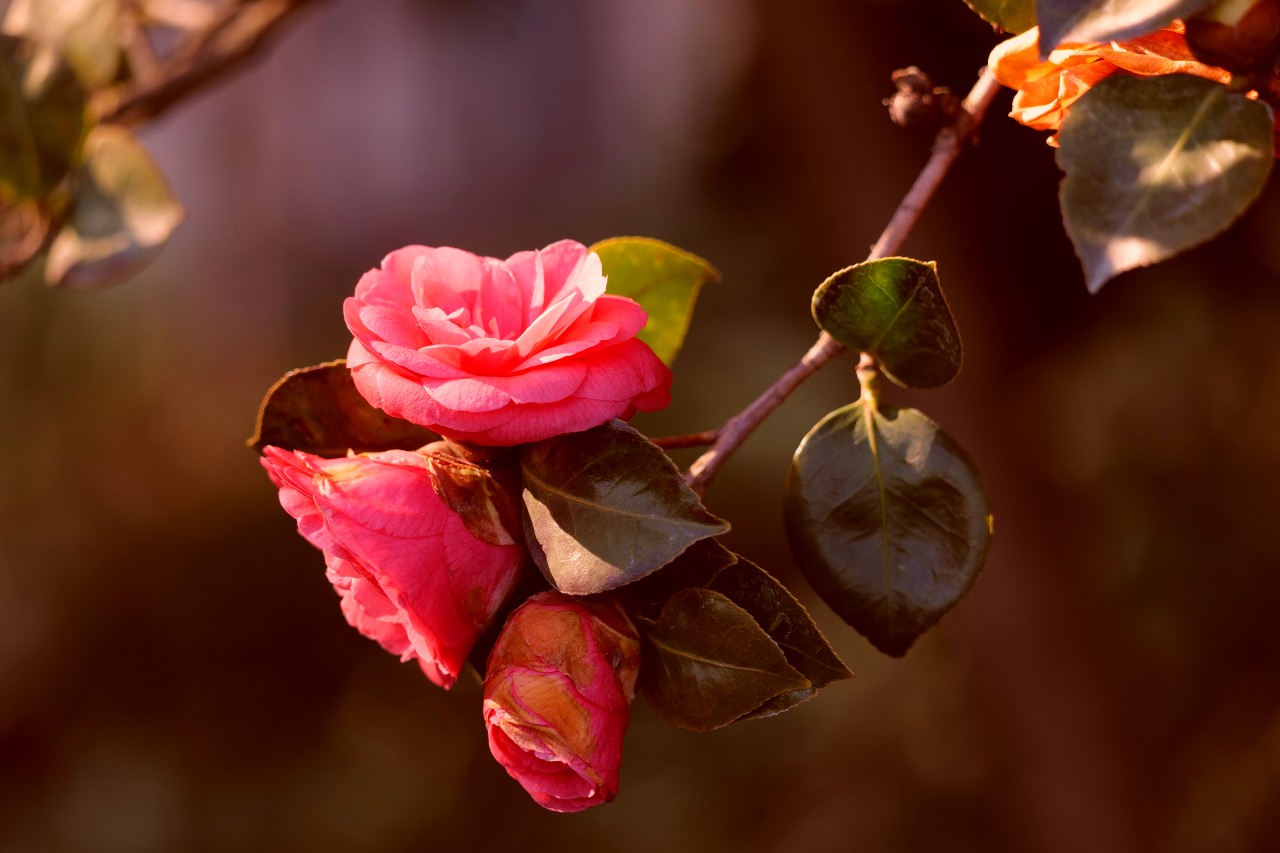Camellias flowers are used for various purposes. They can be grown as ornamental plants, or as tea additives. If you want to start growing them in your garden, here are some interesting facts that you should know.
They are the native flowers of the Americas.
Camellias are native to China, Japan, and Korea. They were introduced to Europe in the 17th century. Then camellias were brought to the Americas in the 18th century. Today, camellias are found in all tropical and subtropical regions of the world.
It is not easy to cultivate camellias.
Despite their delicate appearance, camellias are actually very temperamental plants that require a lot of care. They are susceptible to disease, pests, and even weather. In fact, it is not easy to cultivate camellias at all.
- Camellia plants have a sensitive root system that is easily damaged by temperature fluctuations or poor drainage in the soil. This makes them difficult to grow in areas with very cold winters (the roots will freeze) or areas with hot summers (they can’t get enough water). Soil quality also plays an important role when growing this plant: if you want your plant’s leaves and flowers to stay green all year long—and not turn brown as mine did after reading this article—you’ll need to make sure there’s plenty of nutrients for the roots in your soil!
Camellias have been cultivated since 1600 BC.
You might be surprised to learn that camellias have been cultivated since 1600 BC. Camellia japonica was first cultivated in China, whereas the other three varieties—Camellia sinensis, Camellia sasanqua, and Camellia reticulata—were all developed in Japan.
Camellias thrive in semi-tropical to temperate climates.
Camellias thrive in semi-tropical to temperate climates. These types of environments have high humidity levels, particularly during the winter months, and cool temperatures that range from 50 degrees F to 60 degrees F. Camellias require a minimum temperature of 50 degrees F but prefer slightly warmer temperatures between 55 and 65 degrees F. They also require plenty of sunlight: 10-12 hours per day is ideal, although they can survive with only 6 hours each day if necessary (during winter).
Many people associate camellias with romance.
Did you know that many people associate camellias with romance? The most common reason for this is the flower’s shape. Camellia flowers have a similar shape to that of the heart, which has led to it becoming a popular gift for Valentine’s Day and the wedding season. However, there are other reasons why camellias are often associated with romance.
Camellia flowers can also be found in various colors: white, red, pink, and purple. This makes them ideal for weddings. They’re also associated with funerals because they symbolize longevity or eternal life (depending on the culture).
There are more than 3,000 different species of camellias.
You’ve seen the beautiful camellias in your local garden center, but did you know that there are more than 3,000 different species of camellia? They range from small shrubs to large trees and can be found growing wild in tropical forests around the world.
In addition to its stunning blossoms, this versatile plant has other uses as well. The seeds are edible and have been used for centuries in cooking; tea made from the leaves is said to aid digestion and soothe skin inflammation; even the flowers can be eaten raw or added to salads or desserts!
The history of the camellia is as interesting as the flower itself.
If you’re a fan of beautiful flowers and history, you’re in for a treat! The camellia is considered one of the most beautiful flowers around, but did you know that its history is as interesting as its blooms?
The camellia’s home base is China, where it has been cultivated since approximately 300 BC. It was brought to Japan by Buddhist monks who traveled there from China; they taught their Japanese students how to cultivate these plants. Europeans first saw camellia flowers during the 1700s when they arrived in Europe via ships traveling from Asia. Eventually, this species spread throughout most areas around the world where climate and soil conditions allow them to grow successfully (which happens to include many parts of North America).
Camellias are known for their romantic symbolism—they are often given as gifts on Valentine’s Day or used in wedding bouquets—and have been associated with love since ancient times because their blossoms resemble hearts when viewed up close (though they look quite different from traditional hearts).
Conclusion
Well, that’s all the
interesting facts we can think of! Now you’re ready to start your own camellia garden. Happy planting!
























